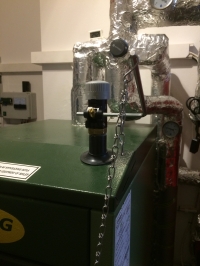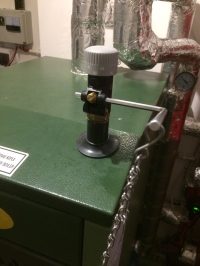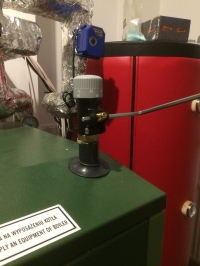Hello
I have a problem every year with air draft regulators for SAS wood stove.
The first original Regulus regulator worked for a year and after the summer season when I wanted to start the furnace worked the first time and as if jammed it simply did not react to temperature, it remained open with the 70st setting and the furnace was almost up to 100st C and no reaction time is present .. .
I exchanged him for Afriso a year ago and he worked beautifully, smoothly and in general this year, the same thing, the first firing beautifully, the second one he would cut, and today he almost does not react ...
What is with these rulers? should I exchange a new one every year?
I was thinking that he could take it apart and throw the expanding cartridge itself in the fridge, maybe it would help him change the temperature, or soak it in oil or WD40, what do you think?
I do not want to change the regulator again, I will not replace it every year, after that I use the oven very sporadically ...
Anyone had such a problem?
I have a problem every year with air draft regulators for SAS wood stove.
The first original Regulus regulator worked for a year and after the summer season when I wanted to start the furnace worked the first time and as if jammed it simply did not react to temperature, it remained open with the 70st setting and the furnace was almost up to 100st C and no reaction time is present .. .
I exchanged him for Afriso a year ago and he worked beautifully, smoothly and in general this year, the same thing, the first firing beautifully, the second one he would cut, and today he almost does not react ...
What is with these rulers? should I exchange a new one every year?
I was thinking that he could take it apart and throw the expanding cartridge itself in the fridge, maybe it would help him change the temperature, or soak it in oil or WD40, what do you think?
I do not want to change the regulator again, I will not replace it every year, after that I use the oven very sporadically ...
Anyone had such a problem?





